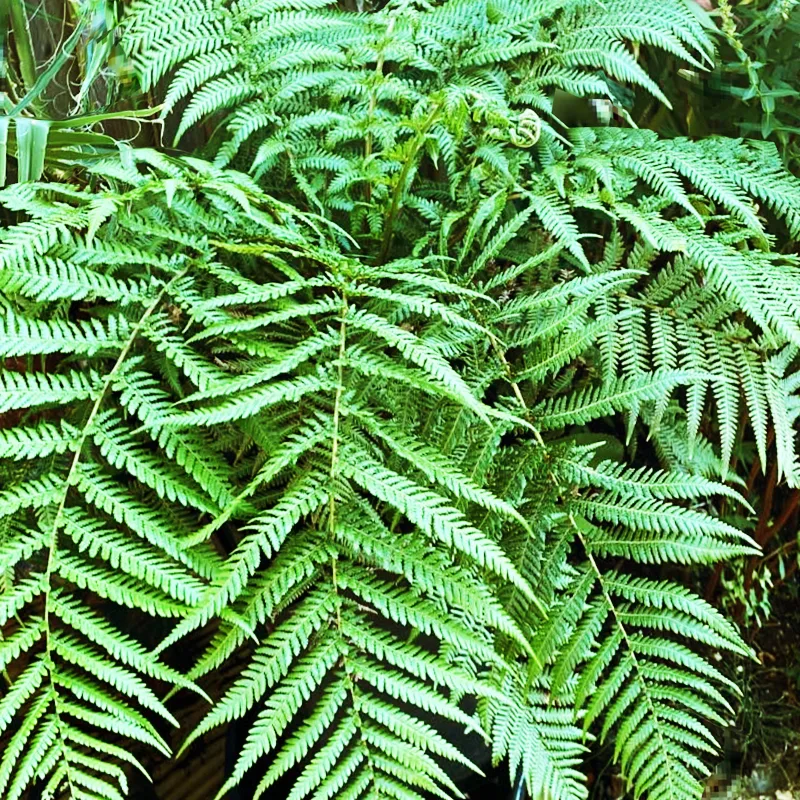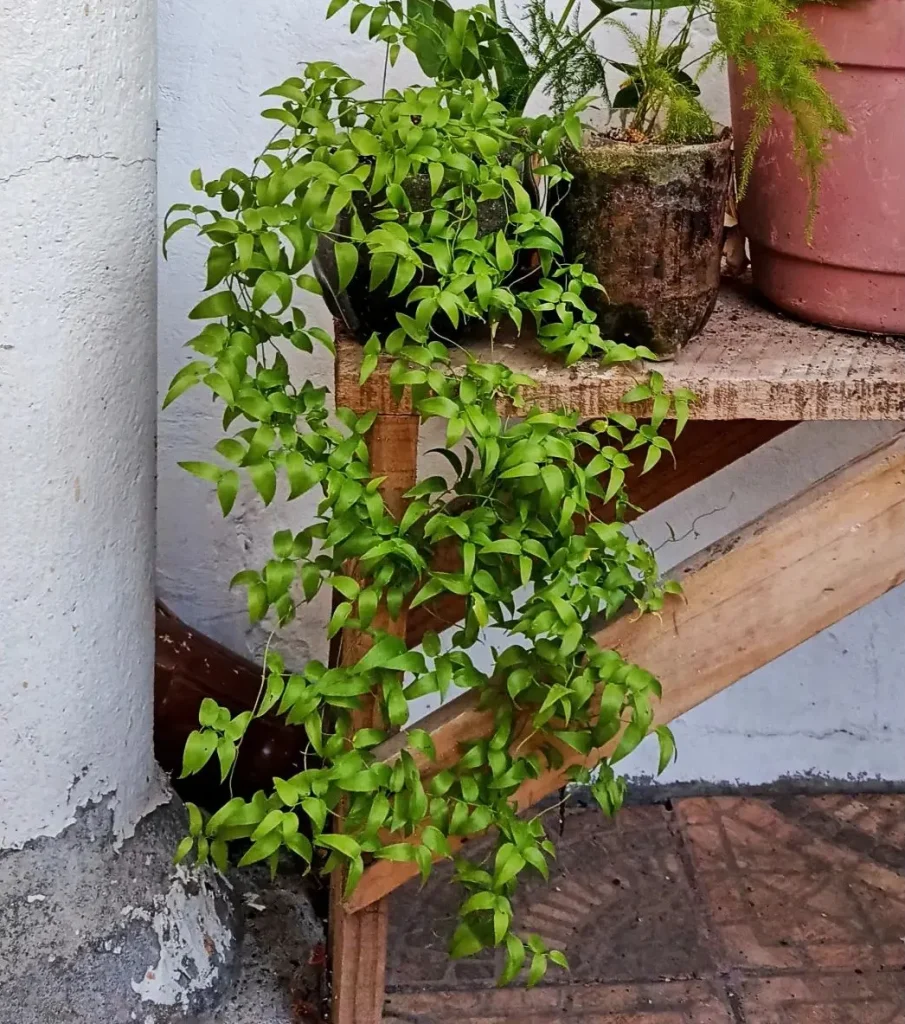My Fascination with Caprifoliaceae
As a passionate botanist, I’ve always been drawn to the captivating world of plants. Their diversity, resilience, and sheer beauty never cease to amaze me. Among the many plant families that have piqued my interest, Caprifoliaceae holds a special place in my heart.
Caprifoliaceae: An Overview
Caprifoliaceae, commonly referred to as the honeysuckle family, is a fascinating group of flowering plants renowned for their vibrant blossoms and distinctive fruits. The family comprises a diverse array of shrubs, vines, and occasionally, small trees. Native to the temperate regions of the Northern Hemisphere, Caprifoliaceae boasts a rich history and a wide range of ecological and cultural significance.
The Charm of Caprifoliaceae
What captivates me about Caprifoliaceae is the sheer variety it encompasses. From the fragrant honeysuckles that grace our gardens to the vibrant viburnums that adorn our landscapes, this family offers a visual feast for the senses. The flowers, often tubular or bell-shaped, come in a spectrum of colors, including white, pink, red, yellow, and even blue. Their nectar-rich blooms attract a myriad of pollinators, including bees, butterflies, and hummingbirds, creating a lively spectacle in the garden.
The Genera of Caprifoliaceae
Caprifoliaceae boasts a diverse range of genera, each with its unique charm and characteristics:
- Lonicera (Honeysuckle): Arguably the most well-known genus in the family, Lonicera encompasses a variety of climbing, twining, and shrubby honeysuckles. Their fragrant flowers and colorful berries add a touch of elegance to any garden. – 162 Species in Genus Lonicera
- Symphoricarpos (Snowberry): These deciduous shrubs are admired for their clusters of white, pink, or red berries that persist into winter, providing a source of food for birds and other wildlife. – 15 Species in Genus Symphoricarpos
- Weigela: These deciduous shrubs are prized for their abundant, trumpet-shaped flowers that bloom in spring and early summer. Weigelas are a popular choice for adding a splash of color to gardens and landscapes. – 10 Species in Genus Weigela
- Abelia: These evergreen or semi-evergreen shrubs are known for their profusion of small, tubular flowers that bloom from late spring to fall. Abelias are valued for their long flowering period and attractive foliage. – 6 Species in Genus Abelia
- Kolkwitzia (Beautybush): This deciduous shrub is admired for its arching branches adorned with clusters of pink, bell-shaped flowers in spring. Beautybush is a stunning addition to any garden.
- Diervilla (Bush Honeysuckle): These deciduous shrubs are recognized for their yellow, trumpet-shaped flowers that bloom in summer. Bush honeysuckles are a low-maintenance and attractive option for landscaping. – 3 Species in Genus Diervilla
- Linnaea (Twinflower): This delicate, creeping evergreen is known for its pairs of fragrant, bell-shaped flowers that bloom in summer. Twinflower is a charming groundcover for shady areas. – Linnaea Borealis in Genus Linnaea
- Triosteum (Horse Gentian): These perennial herbs are recognized for their whorled leaves and tubular flowers that bloom in summer. Horse gentians are interesting additions to woodland gardens.
- Bassecoia B.L.Burtt
- Cephalaria Schrad.
- Diabelia Landrein
- Dipelta Maxim.
- Dipsacus L. – 22 Species in Genus Dipsacus
- Heptacodium Rehder – Heptacodium Miconioides in Genus Heptacodium
- Knautia L. – 66 Species in Genus Knautia
- Leycesteria Wall.
- Lomelosia Raf.
- Morina L. – 14 Species in Genus Morina
- Nardostachys DC.
- Patrinia Juss.
- Pseudoscabiosa Devesa
- Pterocephalidium G.López
- Pterocephalus Vaill. ex Adans.
- Pterothamnus V.Mayer & Ehrend.
- Pycnocomon Hoffmanns. & Link
- Scabiosa L. – 70 Species in Genus Scabiosa – Pincushion Flower
- Succisa Haller
- Succisella Beck
- × Succisoknautia Baksay
- Triplostegia Wall. ex DC.
- Valeriana L. – 442 Species in Genus Valeriana
- Valerianella Mill.
- Vesalea M.Martens & Galeotti
- Zabelia (Rehder) Makino
Beyond Beauty: Ecological and Cultural Significance
The significance of Caprifoliaceae extends beyond its ornamental value. Many members of this family play crucial roles in their ecosystems. Their flowers provide a vital source of nectar and pollen for pollinators, while their fruits serve as a food source for birds and other wildlife. Moreover, some species have traditional medicinal uses, and their wood and bark have been utilized for various purposes throughout history.
Conclusion
In conclusion, Caprifoliaceae is a captivating plant family that has captured my imagination with its diversity, beauty, and ecological significance. From the fragrant honeysuckles that grace our gardens to the vibrant viburnums that adorn our landscapes, this family offers a treasure trove of botanical wonders. Whether you’re a seasoned botanist or simply a lover of nature’s beauty, exploring the world of Caprifoliaceae is a journey worth embarking on. The allure of its flowers, the ecological roles it plays, and the cultural connections it fosters make it a family that continues to inspire and fascinate me.
Remember: The genera listed above represent only a fraction of the diversity within Caprifoliaceae. There are many other fascinating genera and species waiting to be discovered and appreciated. So, venture out into the natural world, observe, and learn, and you’ll surely uncover the hidden gems of this remarkable plant family. Happy exploring!
If i die, water my plants!



